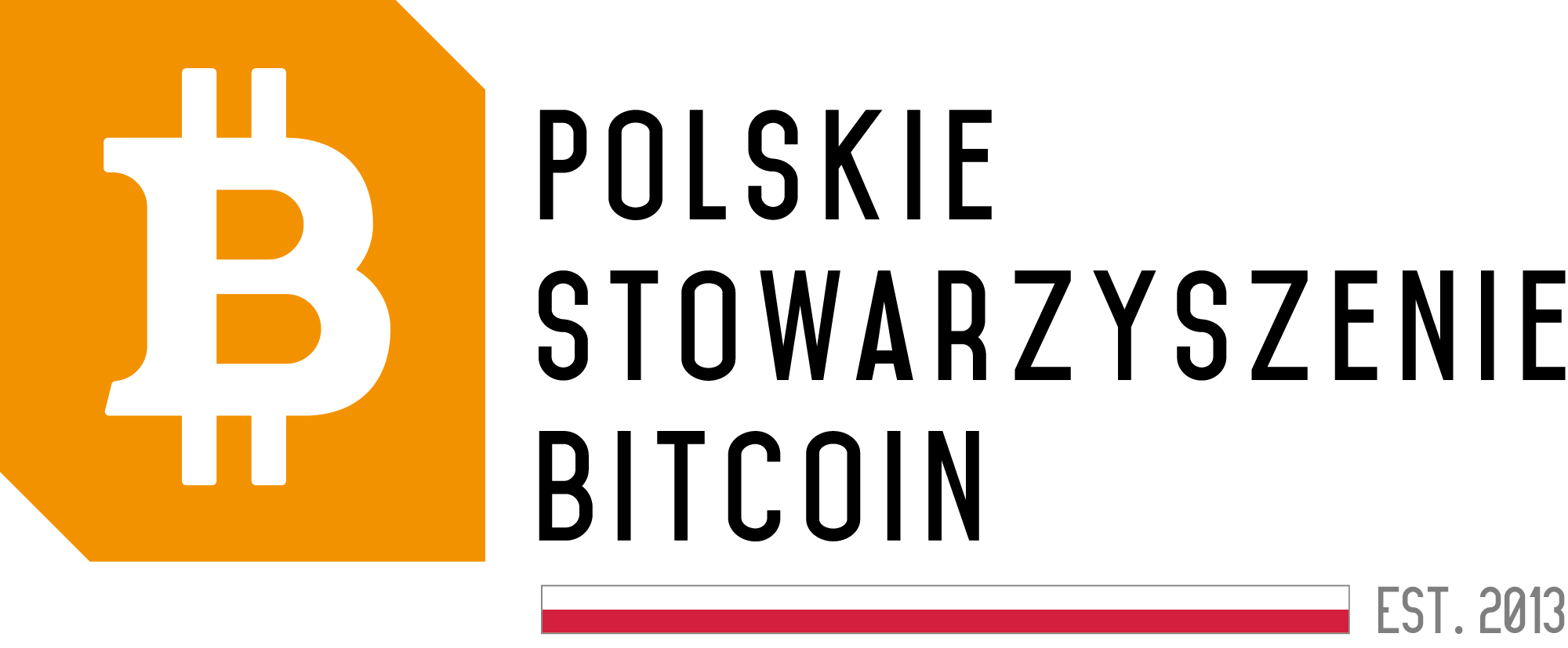“Bitcoin Halving and Layer 2 Development: What Will the Future of Cryptocurrency Bring?”

Bitcoin – a Cryptocurrency with Limited Supply
Bitcoin was created to emulate the scarcity and finite nature of resources like gold. Its supply is restricted, with a maximum of 21 million coins that can be mined.
Halving – a Process of Reducing Mining Rewards
Every four years, the Bitcoin network reduces the transaction mining reward by 50% through a process called halving. This is done to slow down the inflow of new coins and maintain the currency’s scarcity over time.
Upcoming Bitcoin Halving
Following the upcoming halving, the block reward will be reduced to 3.125 bitcoin (BTC). The cyclical halving aims to uphold the cryptocurrency’s scarcity and adjust the supply in response to price increases based on demand.
Development of Bitcoin Layer 2
Despite the reduced rewards for miners post-halving, the company Trust Machines is focusing on enhancing the capabilities of Bitcoin’s Layer 2. In the future, the primary income for miners will come from transaction fees on Bitcoin, rather than solely from newly minted coins.
Interest in Bitcoin and the Development of Layer 2
Interest in Bitcoin is on the rise, highlighting the need for Layer 2 development. Alternative Layer 1 solutions, such as Ethereum or Solana, are more advanced compared to Bitcoin’s Layer 2.
Stacks (STX) – a Digital Currency with Native Bitcoin Yield
Stacks (STX) is the only digital currency with native Bitcoin yield that can appreciate in value as the network grows. The latest Stacks update, Nakamoto Release, aims to address some mining imperfections, resulting in around 30-40% higher Bitcoin yield per cycle.





